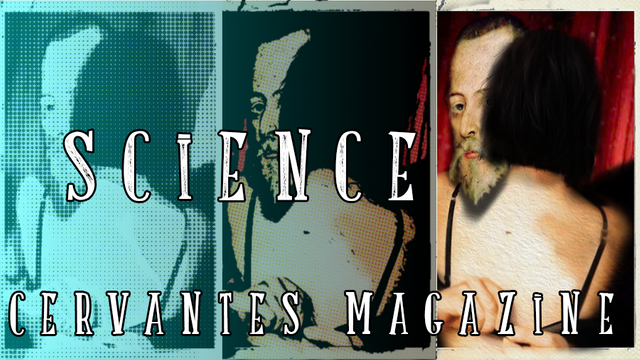
Lust is one of the most basic instincts of all humans, it is the motor that leads us to reproduce and perpetuate ourselves as a species and it has been with us since before we reached this point of evolution. In fact we could say that it is the most animal of our instincts along with hunger since the great majority of the animal kingdom has the need to look for a couple to copulate. Lust is also related to sexual pleasure and interpersonal relationships, and I would like to talk about the biochemistry related to them.

Being a social element, lust is a very complex biochemical issue and we still don’t have a complete understanding of all its neuronal reach, but it is definitely related to certain specific compounds that have a clear effect on neural networks. One of the most curious parts of lust and sexual desire is that, despite being one of the most basic instincts, it is quite complex. In contrast to hunger or thirst which accompany man since immemorial times and are related to more basic parts of the brain, lust has several components that make it a much more difficult process to understand, involving different hormones and substances that lead to a lively debate to this day.
But if there is something that the scientific community agrees on is the biochemistry of sex, more precisely that of an orgasm. When maximum pleasure is reached, a large amount of dopamine, or 2- (3,4-dihydroxyphenyl) ethylamine, which is the pleasure neurotransmitter, is released. When it reaches its associated receptor it decomposes or "decrypts" giving the necessary information to the brain so that it generates enormous pleasure.
In terms of sexual attraction it’s the estrogen and testosterone that are essential for the sexual development of men and women, since they trigger the primary and secondary sexual characters during puberty, thus being responsible for the changes we suffer in our adolescence. Both compounds come from cholesterol and have a family of biomolecules associated with them. It should be noted that they are chemically very similar, and the same difference located in another part of the molecule would have the same effect on the body, but the neuronal signal they send is totally different.
In the same way, there is phenylethylamine, or pheromones, which are a very particular mixture of volatile compounds that when secreted by our pores instinctively attracts the person who likes us. In fact, there is a myth that fragrances were sold in the Roman Empire based on the sweat of the gladiators, given how attractive they were for the women of that time.
For many people, lust and eroticism may seem complicated, but undoubtedly the biochemical and neuronal processes that explain them have led to centuries of human research. Although the greatest advances in the area are made in practice more than in theory.
References:
Flores Rosales, G (2008) Fórmula química de cupido. Revista digital universitario de la UNAM. Volumen 9 número 11.
Tristam, W (2015) The search of human pheromones: The lost decade and the necessity of returning to the first principles. The Royal Society.
[Return to Home page]
